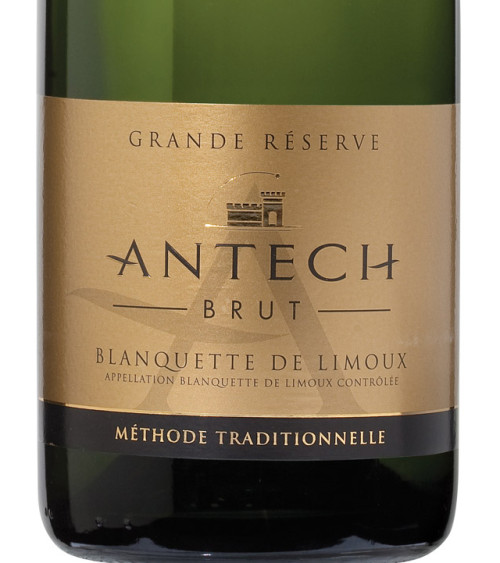For more than a hundred years before Dom Pérignon’s apocryphal serendipitous Champagne incident, Languedoc-Roussillon had been producing its own sparkling wine, Blanquette de Limoux.
Although the vineyards just south of Carcassonne date back to around the 5th century BC, it was not until 1531 that the region began to produce its sparkling white wine from Mauzac grapes (which are known locally as Blanquette, hence the name). Or rather, 1531 is the earliest recorded mention of the sparkling wine – it’s entirely possible that it was produced long before this.
The monks at the Benedictine abbey of Saint-Hilaire carefully gathered the grapes by hand into little boxes in order to lessen the chances of bruising the fruit – a tradition still observed to this day. The wine was then fermented in casks made from cork oak, which was gathered from the local cork forest, and then bottled during the full moon in March, in readiness for the re-fermentation to begin once the warmer weather arrived. It’s this secondary fermentation which produces the bubbles (les bulles) – something which most wine producers a century later, strived to prevent.
Today, yields of Mauzac grapes are regulated, and limited in order to ensure the best quality of the finished wine; only 42 villages around Limoux are permitted to grow Mauzac grapes. At the end of March, each of the 42 villages is allowed to submit four barrels of wine for auction at the gastronomy festival of Toques et Clochers (Hats and Steeples) in Aude. The event, the largest wine auction in France (after Hospices de Beaune), is sponsored by Sieur d’Arques, one of the wine producing co-operatives in the region, and is attended by bidders which include award-winning chefs, and top restaurateurs and sommeliers. Money raised from the event, which each year brings together around 30,000 people, goes toward the restoration and upkeep of the steeples in each of the 42 wine-producing villages. A different recipient is chosen each year. After the wine auction, a sumptuous feast, cooked by Michelin-starred chefs for around 1000 guests, is held.
Champagne and Dom Pérignon
The story goes that after Dom Pérignon visited the abbey, he noted the methods used at Saint-Hilaire, and implemented them at his abbey at Hautvillers. Unfortunately, no proof exists of this, while there is plenty of documentary evidence to show that not only was Dom Pérignon not the inventor of Champagne, nor indeed, any sparkling wine, he actually spent most of his winemaking ‘career’ actively trying to prevent re-fermentation, due to the fact that the wine, once bottled, had a tendency to explode. To this end, Pérignon actually recommended that only Pinot Noir grapes be used, so it’s highly unlikely he’d have suggested using the Mauzac variety, knowing that re-fermentation of that particular variety was likely to happen.
Some oenophiles claim that Blanquette de Limoux is as good, if not better than Champagne, and certainly, the good ones do taste remarkably similar. Some of the lower end varieties, which cost around $5, can taste a little cheap, so if you’re looking for something worthy of a celebration, our advice is to spend a little more, say $10, to be assured of quality which will fool all but the most discerning of wine experts.
